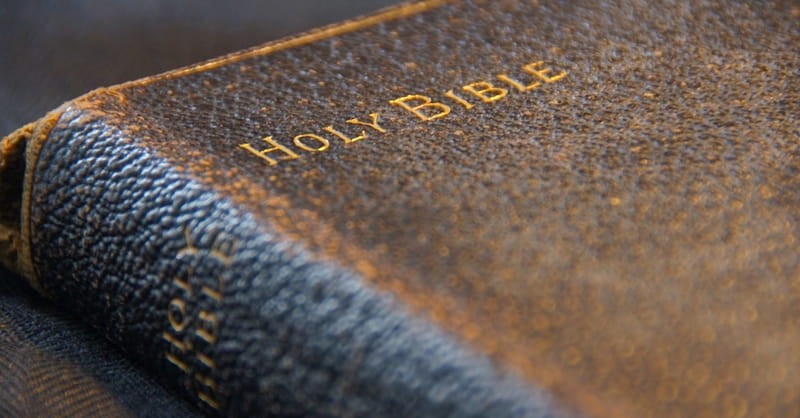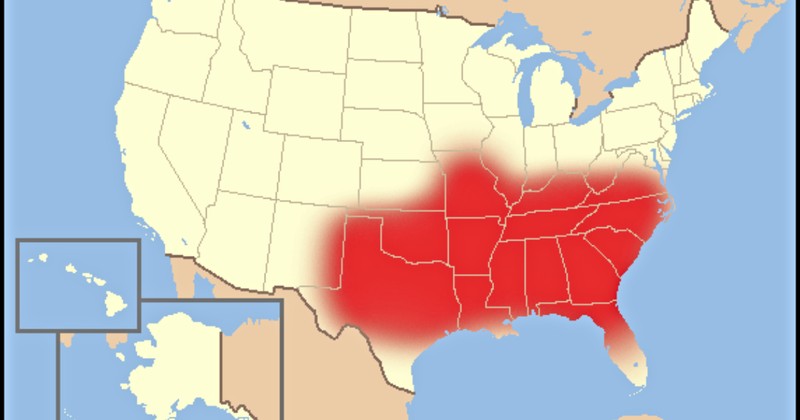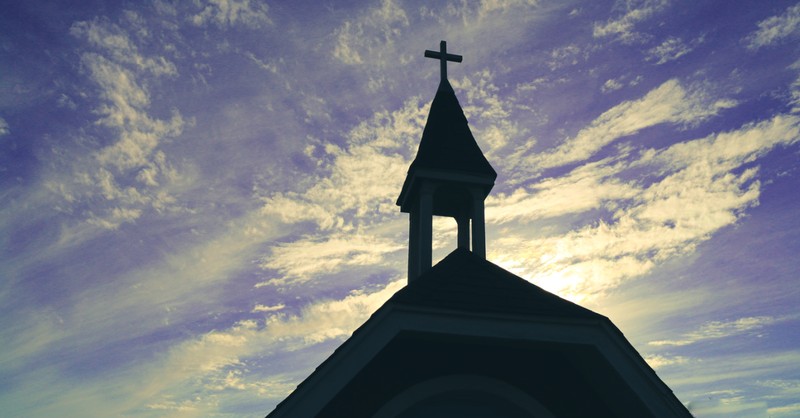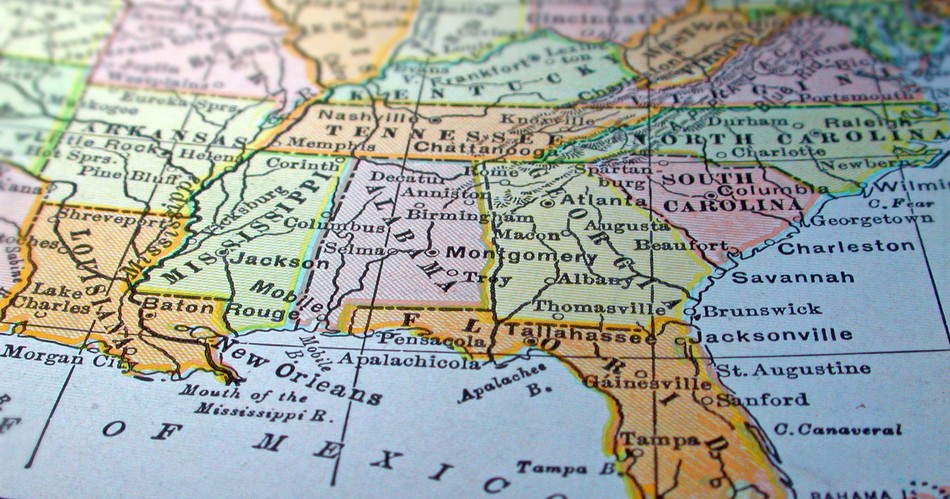The Bible Belt is a region of the Southern United States where socially conservative Protestant Christianity plays a strong role in society, notably in voting and cultural values. Church attendance across the denominations is generally higher than the nation's average.
"The Bible Belt is oral territory and therefore despised by the literati." - Marshall McLuhan.
Bible Belt is a name with two parts. "Bible" as it's predominantly Christian, and "Belt" in the sense of a strip of area on a map.
Photo credit: Getty/mstroz

Origin of the Name: Bible Belt
According to YourDictionary.com, "The name is derived from the heavy emphasis on literal interpretations of the Bible in Evangelical denominations. The term "Bible Belt" was coined by the American journalist and social commentator, H.L. Mencken, in the early 1920s."
The first known use of the phrase "Bible Belt" was by American journalist H. L. Mencken. In 1924, he wrote in the Chicago Daily Tribune: "The old game, I suspect, is beginning to play out in the Bible Belt." In 1927, Mencken declared the term as his creation.
The name "Bible Belt" has been used historically for the South and some parts of the Midwest. In a 1961 study, Wilbur Zelinsky outlined this region as the area where Protestant denominations, especially Southern Baptist, Methodist, and Evangelical, are the dominant religious affiliations.
A 1978 study by Charles Heatwole identified the Bible Belt as the region dominated by 24 fundamentalist Protestant denominations, corresponding to the same area mapped by Zelinsky.

Geography of the Bible Belt
The term “Bible Belt” is typically used for the southeast region of the United States, including these 10 states: Mississippi, Alabama, Louisiana, Arkansas, South Carolina, Tennessee, North Carolina, Georgia, and Oklahoma.
This region contains most of the Southern United States, including most of Texas and Oklahoma, and parts of the states south of the Ohio River, extending east to include central West Virginia and Virginia, from the Shenandoah Valley southward into Southside Virginia and North Carolina. In addition, the Bible Belt covers most of Missouri and Kentucky and southern parts of Illinois, Indiana, and Ohio.
On the other hand, areas in the South that are not considered part of the Bible Belt include heavily Catholic Southern Louisiana, central and southern Florida, which have been settled mainly by immigrants and Americans from elsewhere, and overwhelmingly Hispanic South Texas.

History of the Bible Belt
During the Colonial period (17th and 18th Centuries), the South was a stronghold of the Anglican church. Its transition to defending non-Anglican Protestantism occurred gradually over the next century as Christian revival movements, many associated with the Baptist churches, achieved incredible popularity in the region.
In the 1978 Journal of Popular Culture, geographer Stephen Tweedie of Oklahoma State University published the definitive article about the Bible Belt, titled "Viewing the Bible Belt." In that article, Tweedie mapped Sunday television watching habits for five leading evangelical religious television programs. His map of the Bible Belt expanded the region determined by Zelinsky and incorporated a region that contained the Dakotas, Nebraska, and Kansas. But his analysis also split the Bible Belt into two main parts, a western and an eastern region.
Tweedie's western Bible Belt was concentrated on a core that spread from Little Rock, Arkansas to Tulsa, Oklahoma. His eastern Bible Belt was concentrated on a core that included the major population centers of Virginia and North Carolina. Tweedie identified secondary core regions surrounding Dallas and Wichita Falls, Kansas to Lawton, Oklahoma.
Tweedie proposed that Oklahoma City was the buckle or capital of the Bible Belt but many commentators and researchers have offered other locations. It was H.L. Mencken who first suggested that Jackson, Mississippi was the capital of the Bible Belt.
Photo credit: ©Getty Images/Drew Buzz

The Bible Belt's Beliefs and Values
The term “Bible Belt” includes Southern Baptists, Methodists, and evangelical Protestantism belief systems. A recent survey found that Mississippi is the state with the highest percentage of “very religious” Americans.
The region is known for its conservative social values and is often assumed to be a politically conservative region. The "red states" within the Bible Belt traditionally support Republican candidates for state and federal office.
Kansas, Oklahoma, South Carolina, Alabama, Mississippi, and Texas have consistently pledged their electoral college votes to the Republican candidate for president in each presidential election since 1980. Other Bible Belt states usually vote Republican, but candidates such as Bill Clinton from Arkansas have sometimes swayed the votes in Bible Belt states.
Photo Credit: ©Unsplash/priscilladupreez
Sources:
Wikipedia
ThoughtCo.com





